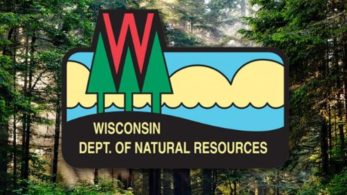Cleaning up contaminated rivers, lakes and harbors facilitates the revitalization of waterfront economies on the Great Lakes. “A Seat at the Table: Great Lakes Legacy Act” is a new video that explains what it means to be a cost-share partner with the U.S. Environmental Protection Agency under the Great Lakes Legacy Act. The video features interview with partners to describe the benefits and challenges of cost-share partnering, examples of in-kind services, and the flexibility of partnerships.
The GLLA is a component of the Great Lakes Restoration Initiative that addresses sediment remediation and habitat restoration in Great Lakes Areas of Concern. Contaminated sediment—caused by toxic chemicals, heavy metals, oil and other pollutants—can be a serious problem for communities struggling to revitalize their waterfronts and boost their economies.
Since 2002, the EPA has partnered with 57 entities under the GLLA to study, design and execute sediment cleanups across the Great Lakes basin. Over 4 million cubic yards of sediment have been remediated, removing threats to public health, creating vibrant environments for fish and wildlife, and giving coastal communities usable waterfronts.
Interested in becoming a partner? You can find more information on partnerships at www.greatlakesmud.org/partnership.
Want to see what successful partnerships can accomplish? Follow Caitie Nigrelli (@Gr8LakesLady) on Twitter as she shares 22 sediment site success stories, including before and after photos, contamination causes, partnerships and cleanup details. She’ll share one story, highlighting one location, each day for 22 days. Follow and join the conversation using #22SedimentStories.
“A Seat at the Table: Great Lakes Legacy Act” was funded by the Great Lakes Restoration Initiative and produced by Illinois-Indiana Sea Grant and University of Illinois Extension. Read their full news release about the new video here: Partnerships are key to Great Lakes cleanups.
